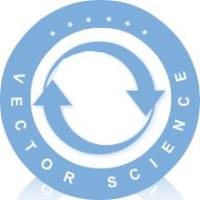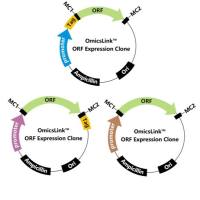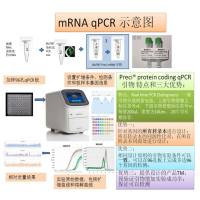Chromosome Engineering in ES Cells
互联网
450
Chromosomal rearrangements, such as deletions, duplications, inversions and translocations, occur frequently in humans and can be disease-associated or phenotypically neutral. To understand the genetic consequences of such genomic changes, these mutations need to be modelled in experimentally tractable systems. The mouse is an excellent organism for this analysis because of its biological and genetic similarity to humans, the ease with which its genome can be manipulated and the similarity of observed affects. Through chromosome engineering, defined rearrangements can be introduced into the mouse genome. The resulting mouse models are leading to a better understanding of the molecular and cellular basis of dosage alterations in human disease phenotypes, in turn opening new diagnostic and therapeutic opportunities.









